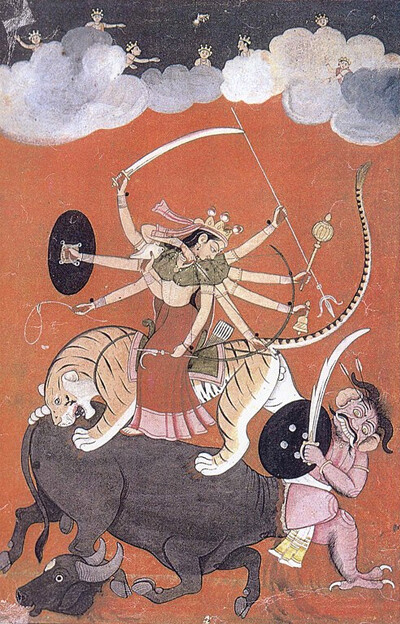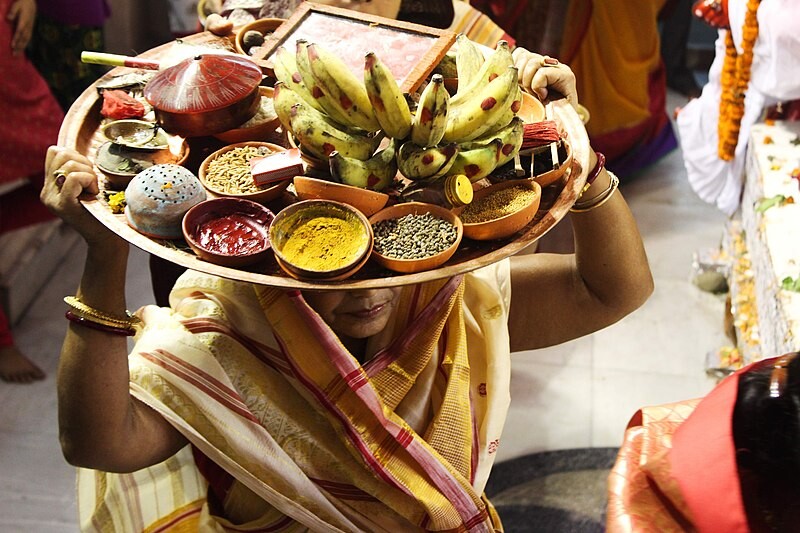4 Bonkers Ways Places Are Dealing With Common Problems

Most places have problems. Some are defined or stereotyped by them. The Swiss are so neutral they don't look at porn for fear of having to choose between the three main categories: Wrestlemania Bloopers, Forest Mother-Daughter Massage, or Disco Costume. Several counties in Florida have 100% fetal alcohol syndrome rates. In France, the Neo-Neo-Impressionists are defaming art by creating Procreate vaporwaves of gimps on leashes at music festivals.
But in the future, near and far, some places may become defined by their solutions. Will the following locales be like Germany, which keeps its diverse citizens compliant with foot-sports currywurst? Only time, drug addicts, and cats will tell.
In Europe's Drug Rooms, Addicts Can Do Drugs (Safely)
Generally, drug addicts are gonna do drugs. But they breach personal choice when they begin taxing civic services with overdoses, feces, and by eating people's faces. So why not let them do drugs, but prevent the face eating? That's what Europe is trying. How reckless. This doesn’t happen here, where the friendly neighborhood opioid makers and "do crack" subliminals in Clifford the Big Red Dog would never encourage drug use.
Don't Miss
Europe's drug rooms, or supervised injecting facilities, were developed in the 1980s to attenuate the spread of HIV/AIDS and other diseases, including the lesser-known heroin sniffles, crackonucleosis, and meth elbow. And the first drug room opened in 1986 in Bern, Switzerland, for still-reeling citizens coping with the ABBA break-up four years prior.
As of July 2022, there are many drug rooms across West Europe, in Germany, the Netherlands, France, Spain, Switzerland, and other nations you can visit on a whim without abduction insurance or vaccinations for horsepox and Baltic Flu.
I would have covered the walls with black light posters, but I'm sure the European Monitoring Centre for Drugs and Drug Addiction (EMCDDA) knows better than I do.
Morbidity and mortality are reduced by offering a safe place to use drugs or listen to embarrassing songs, with supervision from official medics who dispense safety measures and advice—"maybe you shouldn't inject that directly into the perineum. Would you like a Lidl jello cup? It's green." Therefore, drug consumption rooms help prevent the spread of infections, minimize unhygienic or dangerous injections, and avert overdoses. Can D.A.R.E and their inferior shirt cotton say the name?
Drug users also receive sterile equipment, no longer having to share, re-use, or MacGyver a working syringe from stolen JOANN's supplies. Equally important, visitors can access social services, including education, counseling, healthcare, and treatments like opioid agonists. Opioid agonists are less effective, safer opioids. It's a drug user's Lo-Carb pizza, yet unlike the addicts buying pallets of cream cheese "to drop a few pounds by avoiding carbs," opioid agonists work.
Other services include seemingly small but significantly humanizing things, including drinks, a shower, and a chance to wash clothes. You don't have to be a card-carrying commie to note these are basicities that a civilized 21st-century locale should easily be able to offer its citizens. Anyone denying this could have benefited from similar services after bar-crawl blackouts. Instead, that money funds the Monopoly Man's 14th mansion, where he spent two days avoiding sex-crime extraditions before acquitting himself by simply buying a non-extraditing island.
Over the past decades, the benefits seem promising: overdoses averted, lives saved through support, the needy connected with valuable services, and public nuisances prevented. It's worth noting that this is a tricky subject to study due to the unHippocratic nature of, for example, taking different groups of drug users and telling one group, "You can only get high in this alley behind P.F. Chang's."
Bern's Feline-Friendly Architecture
Switzerland's capital, Bern, is becoming one giant cat tree:
The Swiss are overwhelmingly cat owners, with 1.5 million domestic cats stalking and skulking the truffle-shop-lined thoroughfares of the world's most-yodeling, fondue-iest nation. Since about two-thirds of people inhabit apartments, cats are likelier to be allowed than dogs. Plus, none desire the stigmata of being labeled a reptile, or, god forbid, bird person.
Plus, given Switzerland's indifference in affairs and apathy at charging 15 euros for an 11.2 oz beer brewed by oily-fingered monks, this is a country with the disposition of a cat. And as leaders in feline design, their many cat ladders manifest the landlocked, mountainous yearning for autonomy and climbing tall things.
These aren't made by your neighborhood handymen who learned carpentry while in federal care. The cat-friendly architecture here is either professionally made or professionally purchased as prefabricated kits. The far-reaching, uh, reach of cat ladders also means you're playing a wonderful daily roulette, in which any neighbor's cat may appear to request pets, show you its butthole, or stare and scratch at your walls.
The innumerable cat ladders, platforms, spirals, and dodecahembroids are incorporated into the existing architecture, making this a unique type of municipo-architectural integration. In other countries, these are unregistered shawarma shacks cantilevered over the second story of a 5th generation wig-making studio.
While these measures are great for feline freedom and felicity, are they equally great for the birds and lizards that suffer predation at the paws and claws of our furry friends? Maybe not.
But It's a trend of something progressive: animal-forward architecture. Another example saves bats, the pollinators and pest controllers who inspire much of our popular fiction. So let's add chiropteran-friendly havens, like the Bat Tower in East Otto, New York. Or the superb Bat Cloud, hanging at a nature reserve in Buffalo, NY, and beneath a pedestrian bridge in Rotterdam. Meanwhile, on Australia's Christmas Island, millions of horny red crabs swarm the roads every autumn or winter. Safety bridges have been built for them, and their irrepressible urges, which begin with the letter F and aren't "feasting" or even "floccinaucinihilipilification," though the latter is a strong word-of-the-day candidate.
Fruit Sacrifices Of India And Nepal
India, Nepal, and some associated areas celebrate their most sacred festivities with slaughter. But there's good news, I quote, as some Durga Puja committees no longer offer patha bali on Maha Ashtami, even though worshiping Durga requires incorporating bali in puja, to respect Durga's shakti. I didn’t make any of that up, nor am I "trippin," or mistranslating ancient Warhammer lore. It means less animals are dying to supplicate religious schmucks’ penis envy needlessly (according to this Freud.wiki I just found), and it’s a start.
Durga Puja is a 10-day Hindu festival that celebrates the Mother Goddess and protector, Durga, using her shakti (power) in the kicking of the ass of the buffalo-demon Mahishasura, who was being a dick to lesser, cowering gods.

Or, to put it in terms that don't rely on aged Hindu cosmology, here's a GoldenEye multiplayer analogy: Mahishasura is that friend who picks Oddjob, and Durga is the equivalent of punching him in the arm or dick IRL until he switches to Valentin. Klobbs only, bro.
And so, the Hindus annually celebrate The Switching of Valentin through Durga Puja, a festival that includes all the hallmarks and, dare I say, festivities of a festival. Including ritual animal murders. But some celebrants are switching from sacrificing animals to sacrificing pumpkins, cucumbers, sugarcane, etc.

Similar replacements abound in Nepal during Dashain, a 15-day festival and Nepal's most revered holiday. It's Christmas, Mardi Gras, and Honda-thon rolled into one gloriously cathartic explosion of colors and odors. Except one thing isn't so glorious: the animal sacrifices of Dashain that provide the hallowed meat, prasad, that's part and parcel of any celebration. Equivalent to the smokestack-blackened pigeons that provide blessed meats for Western venerations of our Lord, Mr. Peanut, during the sacred week of Cheesecake Factory "Pasta-Palooza" or the Yankee Candle "5% Off Discontinued Scents" holy month.
But much to the chagrin of livestock traders and traditionalists, the kinder-hearted are rightfully replacing the sacrifice of countless creatures, including the "five offerings" of buffaloes, sheep, chickens, ducks, and goats. Instead of honoring ancient fan-fiction by slaughtering the cuddly, they've replaced animal tributes with more inanimate organisms like gourds, fruits, and people who think NASA is CGI made by a living Walt Disney and his husband, Malcolm X.
Plovdiv Is Covered In Graffiti (In A Good Way)
Plovdiv is the second biggest city in Bulgaria, a country people only know about because the subtitles say "yelling in Bulgarian" whenever the bad guys abduct young women in crime dramas. Plovdiv also claims to be the oldest continually inhabited European city, with a 6,000-year history. This multi-cultural locality sits atop seven hills, like Rome, yet it beats the Eternal City in at least one metric: graffiti.
Correction: street art. Many of Plovdiv's surfaces and utilities were once covered in chipping paint, vandalism, hobo semen, and Rakia piss. But not anymore, as Plovdiv Phoenixed itself from the ashes and became a hip, modern "city of artists." By welcoming or commissioning street artists and hosting competitions and festivals to celebrate their work, Plovdiv's municipalities no longer boast "Dimitar loves MILFs” in Cyrillic. Instead of vandalism and Tom and Jerry in mafia suits, wild aesthetics cover city surfaces:
In support of its beautification, the vibrant and aesthetically updated city hosts art tours for free:
By offering itself as a canvas for legal art, it may have diverted graffiti from its historic areas, including a Roman marble theater, an Ottoman mosque, and a bunch of Skyrim houses. Plus, Plovdiv's new jive earned it European Capital of Culture honors in 2019. Traditional icons are still celebrated, as on Hristo Botev Boulevard, which features a mural of the eponymous revolutionary poet and national hero, who penned, "He who falls in freedom's fight, dies not."
Even the garbage containers are beautified, into visions of the multi-story garbage mansion Oscar the Grouch would buy with his wildly successful OnlyFans earnings.
So, there you have it. Coconut sacrifices, bacterial lighting systems, drug rooms, nature-friendly architecture, and felines enjoying a lovely day out. For anyone thinking, "Great ideas, let's just have stoned addicts and unchecked cats filling our streets," my reply is: look around you; they already are. In fact, you may be one yourself. At least this way you're less likely to get stabbed for your $30 Timex.
Thumbnail: RenoBeranger/Pixabay, Dimhou/Pixabay
